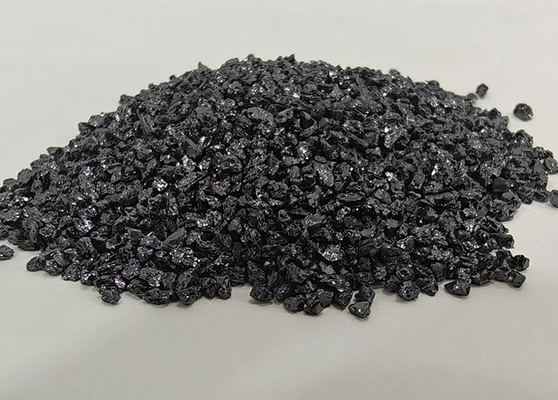Abrasive tools, such as sandpaper, grinding wheels, and polishing compounds, are indispensable in modern manufacturing and maintenance processes. They enhance surface quality, ensure precision, and improve durability across multiple sectors. This article explores their applications in aerospace, automotive, biopharma, food and beverage, heavy equipment, medical, metal processing, petroleum and gas, and shipbuilding industries. By focusing on B2B perspectives, we highlight how these tools drive efficiency, safety, and compliance in foreign trade environments.
Abrasive Tools in Aerospace Manufacturing
Aircraft manufacturing relies on materials like titanium alloys, stainless steel, and aluminum alloys for components that demand high precision and durability. After repairs or maintenance on non-engine parts, surface treatments are essential to boost corrosion resistance, wear protection, and aesthetics.
Pre-Treatment for Coatings
Before applying coatings, aircraft parts must be cleaned and roughened for better adhesion. Abrasive tools like sandpaper and sandblasting machines remove contaminants such as oil, oxidation, and rust, creating an ideal anchor profile for coatings.
Sandblasting Processes
Sandblasting uses high-speed abrasive particles to clean and roughen surfaces, removing old coatings and fixing defects like scratches. This method enhances adhesion for new treatments, ensuring long-term reliability in demanding flight conditions.
Polishing Techniques
Polishing with tools like polishing wheels and pastes smooths surfaces, eliminating minor imperfections and achieving a mirror-like finish. This reduces air resistance, improves fuel efficiency, and enhances overall aircraft performance.
Deburring and Edge Removal
During assembly, burrs and sharp edges can compromise safety. Abrasive tools such as files and grinding wheels remove these hazards, ensuring smooth, safe components that meet stringent aviation standards.
Selection and Requirements for Abrasive Tools
Abrasive tools must be versatile to handle diverse materials like titanium and aluminum. They require high precision for exact dimensions, excellent durability to minimize downtime, and strong safety features to protect operators.
- Adaptability: Tools should suit various material properties for efficient processing.
- Precision: Ensure accurate shaping to meet aerospace tolerances.
- Durability: Long-lasting tools reduce replacement needs and boost productivity.
- Safety: Compliance with industry standards prevents accidents during use.

Abrasive Tools in the Automotive Industry
The automotive sector involves complex processes from design to maintenance, where abrasive tools play a pivotal role in producing and repairing parts. Over 95% of automotive components require abrasive processing for quality and performance.
Applications in Part Manufacturing
For metal parts like engine components and chassis, tools such as grinding wheels and sandpaper achieve precise shapes and finishes. In plastic manufacturing, polishing waxes smooth interior elements, ensuring a flawless surface.
Uses in Repairs and Maintenance
During body repairs from collisions, sandpaper and grinding wheels prepare surfaces for painting. For part replacements, like brakes or cylinders, these tools ensure proper fitting and performance through deburring and polishing.
Surface Treatment and Cleaning
Abrasive tools remove dirt and oxidation from parts, restoring shine and functionality. Polishing compounds enhance appearance and reduce wear, extending vehicle lifespan.
Selection and Requirements
Choosing the right tools involves matching them to material types for compatibility, prioritizing efficiency to cut production times, and ensuring high surface quality for safety and aesthetics.
- Material Compatibility: Tools must not damage metals or plastics during processing.
- Efficiency: High-speed tools accelerate manufacturing workflows.
- Quality Output: Achieve smooth finishes to meet industry standards.
- Durability: Longevity reduces costs in high-volume production.

Abrasive Tools in Biopharma and Pharmaceutical Industries
In biopharma, abrasive tools are crucial for equipment manufacturing and maintenance, ensuring precision and hygiene in pharmaceutical production. They process parts for devices like mixers and packaging machinery.
Pharmaceutical Equipment Processing
Tools like grinding wheels and sandpaper refine metal components, while polishing pastes clean plastic or glass parts, maintaining the accuracy needed for safe drug production.
Applications in Packaging Machinery
Abrasive belts and wheels smooth metal parts in packaging systems, preventing contamination and ensuring efficient, reliable operation for drug protection.
Industrial Valves and Fluid Systems
For valves and pipes, abrasive tools polish surfaces to meet regulatory standards like FDA requirements, reducing risks of contamination in fluid handling.
Selection and Requirements
Tools must be non-toxic, highly durable, efficient, and easy to maintain to comply with industry regulations and minimize downtime.
- Non-Toxicity: Ensure no pollution to drugs or environments.
- Wear Resistance: Maintain performance over extended use.
- Efficiency: Speed up processes to lower costs.
- Easy Maintenance: Simplify cleaning to uphold hygiene.
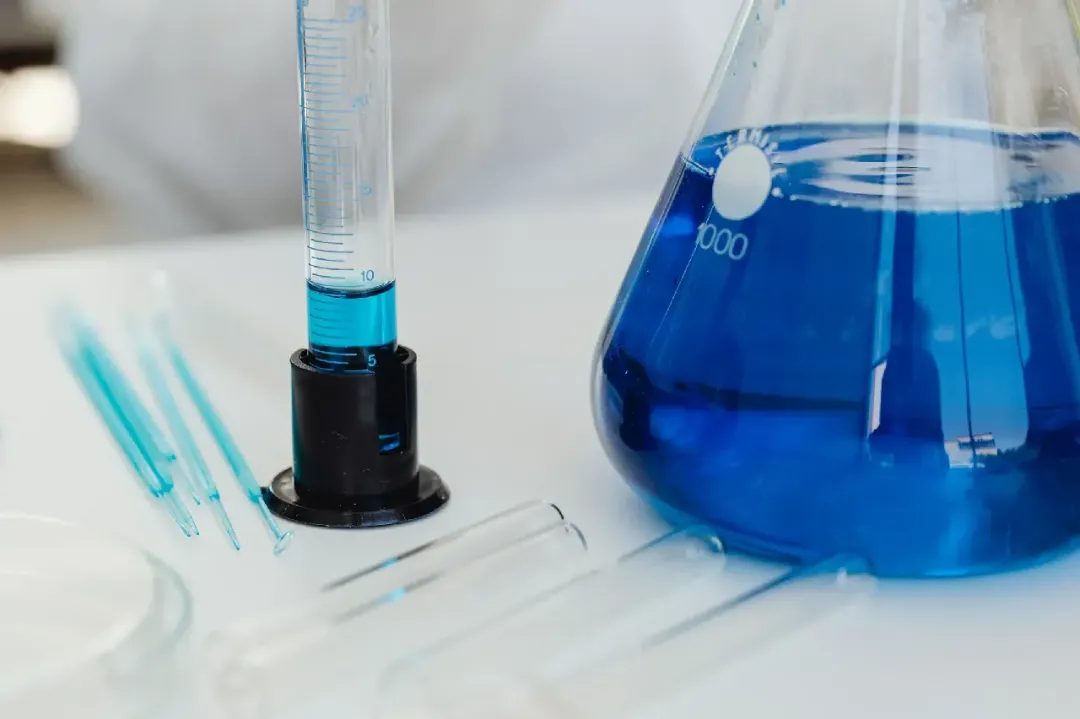
Abrasive Tools in Food and Beverage Manufacturing
The food and beverage industry demands strict adherence to FDA regulations for surface treatments to prevent contamination. Abrasive tools ensure equipment surfaces are sanitary and durable.
Meeting FDA Surface Standards
Abrasive tools must follow approved guidelines to avoid introducing pollutants, focusing on safe processing for food contact surfaces.
Applications in Stainless Steel Manufacturing
For stainless steel parts, tools like grinding wheels remove dirt and oxidation without causing damage, preserving corrosion resistance and sterility.
Learn how abrasives improve food safety and regulatory compliance in stainless steel equipment.
Uses in Packaging Machinery
In food packaging, abrasive tools maintain clean, smooth surfaces to prevent bacterial growth and ensure product safety.
Selection and Requirements
Focus on material compatibility, processing speed, surface excellence, and tool longevity to meet regulatory and operational needs.
- Compatibility: Avoid harm to food-grade materials.
- Efficiency: Reduce processing times for cost savings.
- Quality: Deliver hygienic finishes per FDA rules.
- Durability: Extend tool life in demanding settings.
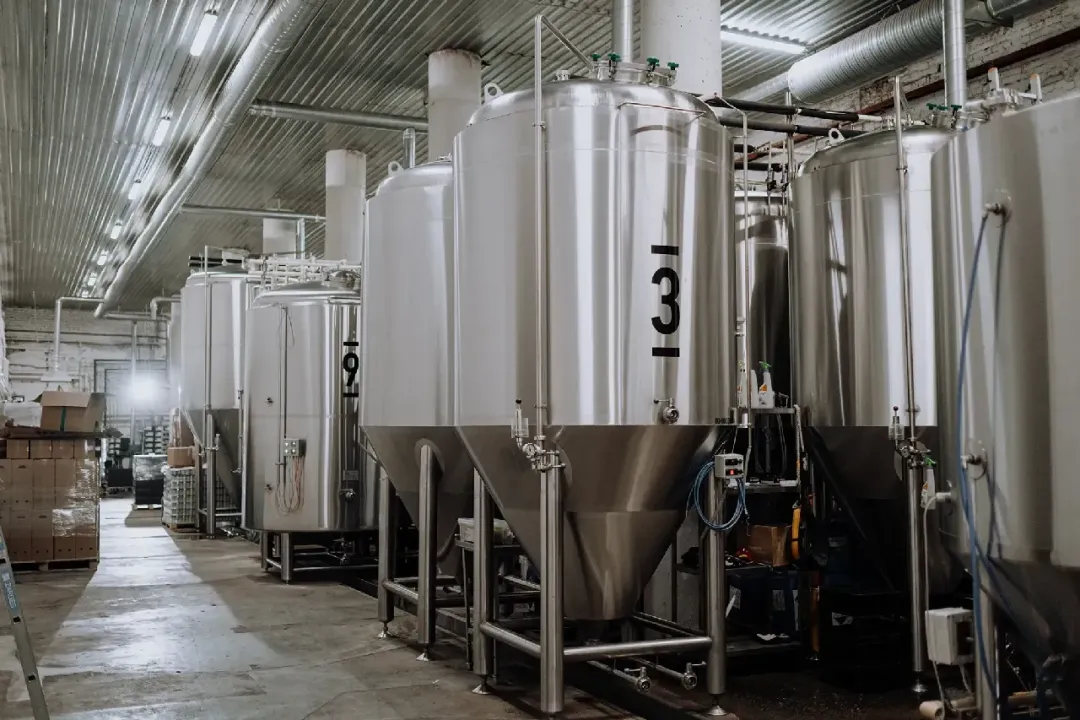
Abrasive Tools in Heavy Equipment Production
Heavy equipment, such as tractors and cranes, operates in harsh conditions, making abrasive tools vital for durable coatings and repairs.
Thick Coating Applications and Etching
Tools prepare surfaces for thick coatings by removing rust and creating etch profiles, enhancing adhesion and equipment longevity.
Sanding Cast Components
After casting, abrasive tools eliminate burrs and defects on parts like engine blocks, ensuring smooth assembly and performance.
Maintenance and Repair Uses
In repairs, tools like sandwheels restore worn components, such as forklift forks, to maintain safety and efficiency.
Selection and Requirements
Prioritize material adaptability, durability, safety, and precision for reliable operation in tough environments.
- Adaptability: Handle various material hardness levels.
- Durability: Withstand heavy use to minimize downtime.
- Safety: Include features to reduce hazards.
- Precision: Ensure accurate finishes for critical parts.

Abrasive Tools in the Medical Industry
Medical manufacturing requires high-precision abrasive tools for devices like implants and surgical instruments, focusing on performance and safety.
Challenges in Medical Applications
Tools must meet strict performance, material, surface, and tolerance standards to handle diverse materials like titanium and ceramics.
Specific Applications
For orthopedic implants, tools provide fine polishing to improve biocompatibility. In surgical tools, they sharpen edges and smooth surfaces for better functionality.
Learn more about why abrasives matter in medical implants, including how they impact surface quality and biocompatibility.Pharma Machinery and Prosthetics
Abrasive tools refine parts in drug machines to reduce friction and polish prosthetics for patient comfort and durability.
Selection and Requirements
Choose tools with material suitability, high efficiency, superior surface results, and precise tolerances for medical compliance.
- Material Fit: Use super-hard abrasives for tough materials.
- Efficiency: Boost production speeds.
- Quality: Achieve defect-free surfaces.
- Precision: Meet exact dimensional needs.
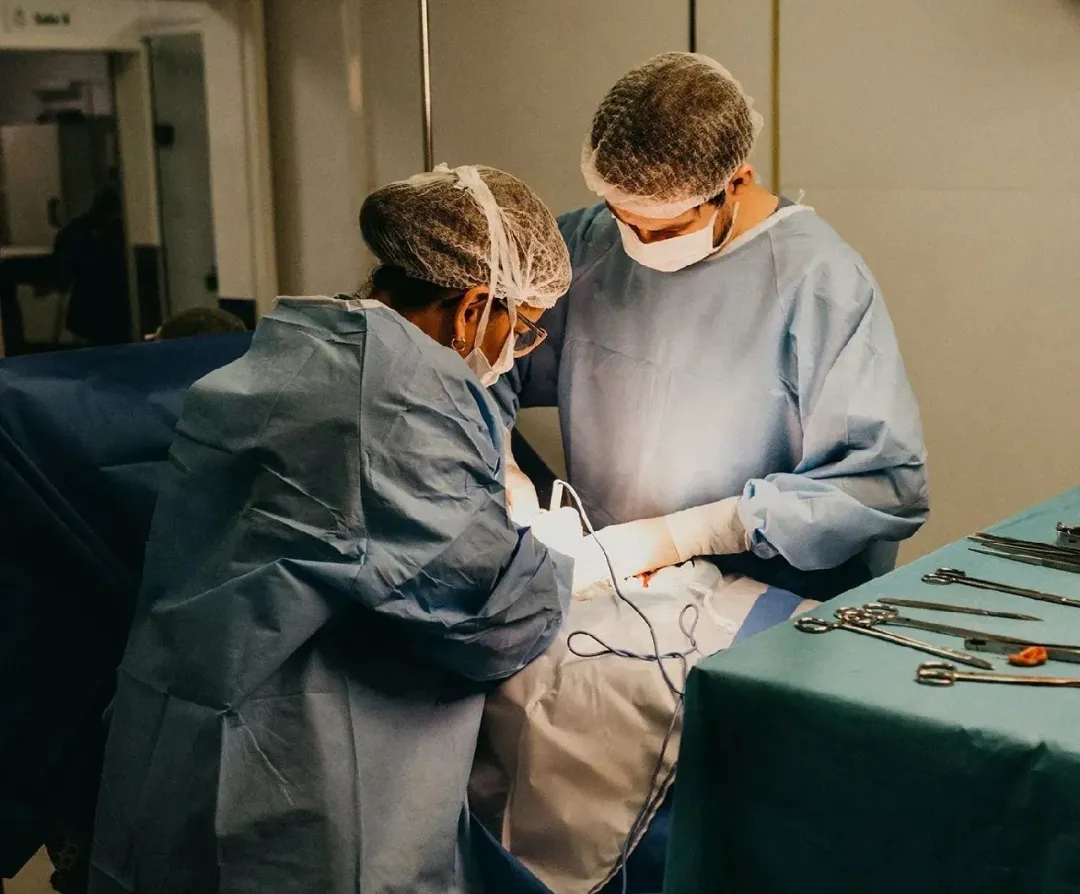
Abrasive Tools in Metal Processing
Metal processing involves cutting, welding, forming, and assembling, where abrasive tools ensure precision and quality throughout.
Cutting and Welding Processes
Tools like sanding belts cut metals accurately and prepare surfaces for welding by removing impurities.
Machining and Forming
In machining, they remove excess material for exact shapes, while in forming, they maintain mold surfaces for high-quality outputs.
Assembly and Finishing
Abrasive tools deburr assembly surfaces and polish final products for optimal performance and appearance.
Selection and Requirements
Focus on material adaptability, precision, durability, and safety to enhance metal processing efficiency.
- Adaptability: Suit different metal types.
- Precision: Deliver accurate results.
- Durability: Extend tool life.
- Safety: Comply with operator protection standards.
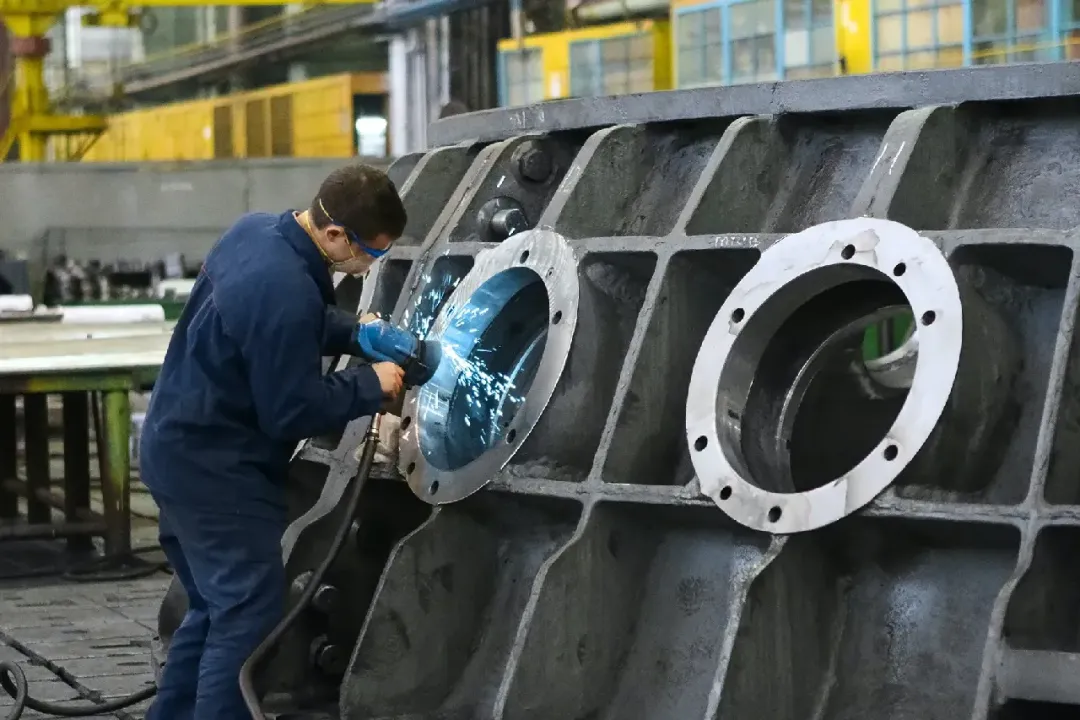
Abrasive Tools in Petroleum and Gas
In petroleum and gas, abrasive tools handle extreme conditions, preparing surfaces for coatings and maintaining equipment integrity.
Pre-Treatment of Metal Components
Tools remove contaminants and create profiles for strong coatings, preventing corrosion in harsh environments.
Pipe Sandblasting
Sandblasting cleans and roughens pipes, improving coating adhesion for reliable fluid transport.
Equipment Maintenance
Abrasive tools repair worn parts, removing corrosion to extend equipment life in field operations.
Selection and Requirements
Prioritize adaptability, durability, safety, and environmental impact for effective use in this sector.
- Adaptability: Match material hardness.
- Durability: Resist wear in tough conditions.
- Safety: Use explosion-proof options.
- Environmental Friendliness: Minimize ecological harm.

Abrasive Tools in Shipbuilding
Shipbuilding and OEM components demand abrasive tools for defect removal, surface preparation, and maintenance to ensure vessel durability.
Removing Rolling Marks
Tools like sandwheels eliminate surface imperfections on steel plates and beams for better aesthetics and coating adhesion.
Steel Etching and Rust Removal
Etching creates textures for enhanced coatings, while rust removal prepares surfaces during repairs for new applications.
OEM Component Manufacturing
In OEM production, tools meet high standards, adapting to new materials for precise, quality outputs.
Selection and Requirements
Emphasize adaptability, wear resistance, precision, and safety for efficient shipbuilding processes.
- Adaptability: Handle various shapes and materials.
- Wear Resistance: Ensure long-term performance.
- Precision: Achieve exact specifications.
- Safety: Include protective measures against dust.

Comparison of Abrasive Tool Applications Across Industries
| Industry | Main Tool Types | Applications | Key Requirements |
|---|---|---|---|
| Aerospace | Sandpaper, Grinding Wheels, Polishing Compounds | Surface prep, polishing, deburring | Precision, durability, safety |
| Automotive | Grinding Wheels, Sandpaper, Polishing Wax | Part manufacturing, body repair | Efficiency, quality, material compatibility |
| Biopharma | Polishing Belts, Sandpaper, Grinding Wheels | Equipment processing, packaging systems | Non-toxicity, wear resistance, hygiene |
| Food & Beverage | Polishing Compounds, Grinding Wheels | Surface cleaning, packaging line polishing | FDA compliance, surface finish |
| Heavy Equipment | Sandblasting Tools, Files, Sandwheels | Rust removal, thick coating prep | Durability, safety, adaptability |
| Medical | Polishing Wheels, Fine Abrasives | Implants, surgical tool finishing | Precision, surface quality, biocompatibility |
| Metal Processing | Belts, Wheels, Files | Cutting, welding prep, deburring | Adaptability, accuracy, safety |
| Petroleum & Gas | Sandblasting Equipment, Abrasive Discs | Corrosion removal, coating prep | Wear resistance, explosion-proof safety |
| Shipbuilding | Sandwheels, Grinding Discs | Rust removal, OEM component prep | Durability, precision, environmental safety |
Frequently Asked Questions
Here are some common queries about abrasive tools in industrial applications.
What are the main types of abrasive tools used in manufacturing?Abrasive tools include sandpaper, grinding wheels, sandblasting machines, and polishing pastes, each tailored for specific tasks like surface cleaning or precision finishing.
How do abrasive tools improve product safety in aerospace?They remove burrs and ensure smooth surfaces, reducing risks of failure and enhancing overall aircraft reliability.
Why is material compatibility important for abrasive tools?It prevents damage to components, ensuring effective processing without compromising material integrity in industries like automotive and medical.
What safety measures should be taken when using abrasive tools?Always use protective gear, follow standards, and select tools with built-in safety features to avoid injuries from dust or debris.
How do regulations like FDA affect abrasive tool selection?In food and biopharma, tools must be non-toxic and easy to clean to meet hygiene standards and prevent contamination.
In conclusion, abrasive tools are fundamental to achieving high-quality outcomes across diverse industries, from aerospace precision to shipbuilding durability. By selecting the right tools based on adaptability, efficiency, and safety, businesses can enhance productivity, comply with regulations, and maintain a competitive edge in global trade. Investing in these tools not only improves product longevity but also supports sustainable manufacturing practices for the future.
Request a Quote or Sample
Popular Products
Grünes Siliziumkarbid
View DetailsSchwarzes Siliziumkarbid
View Details